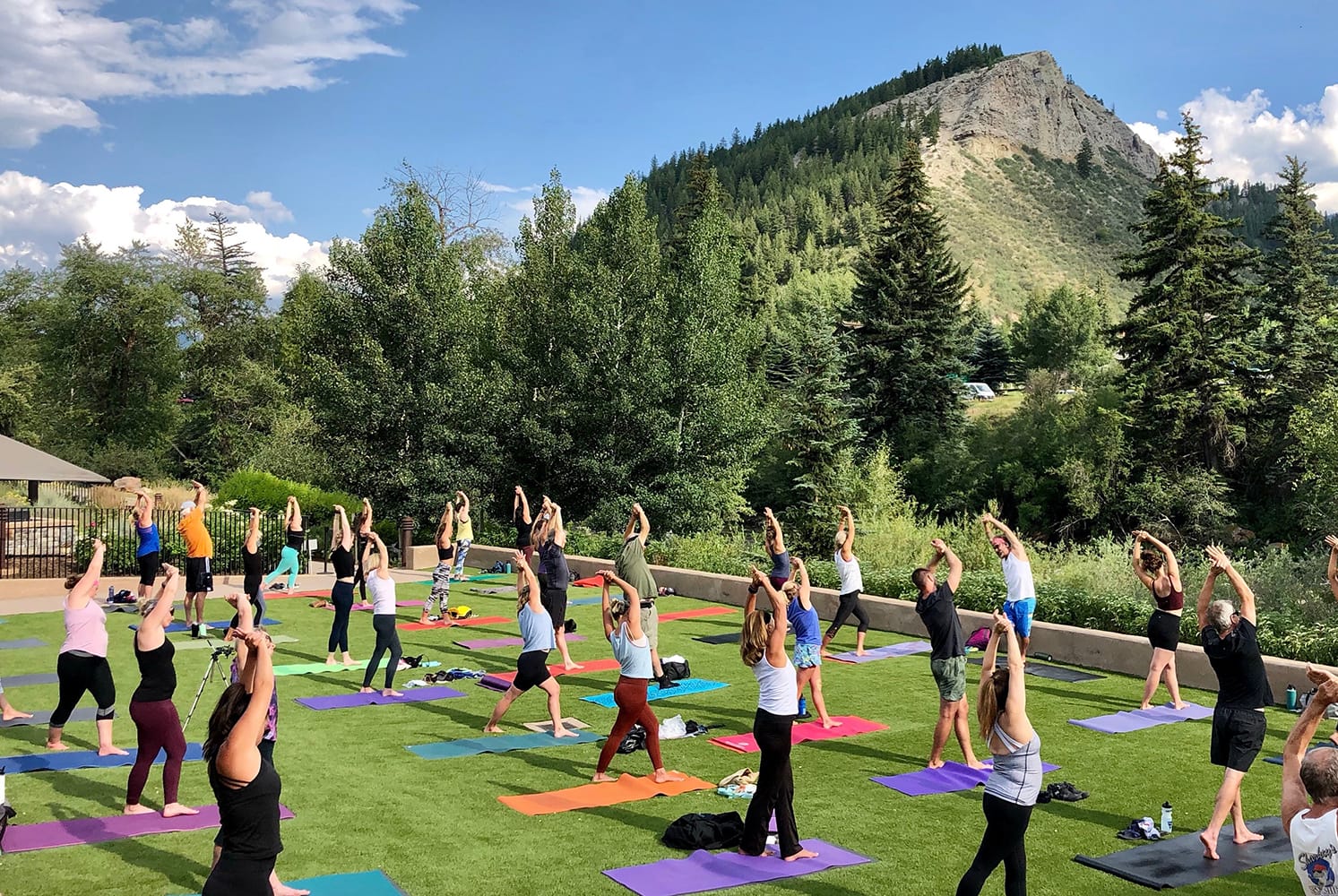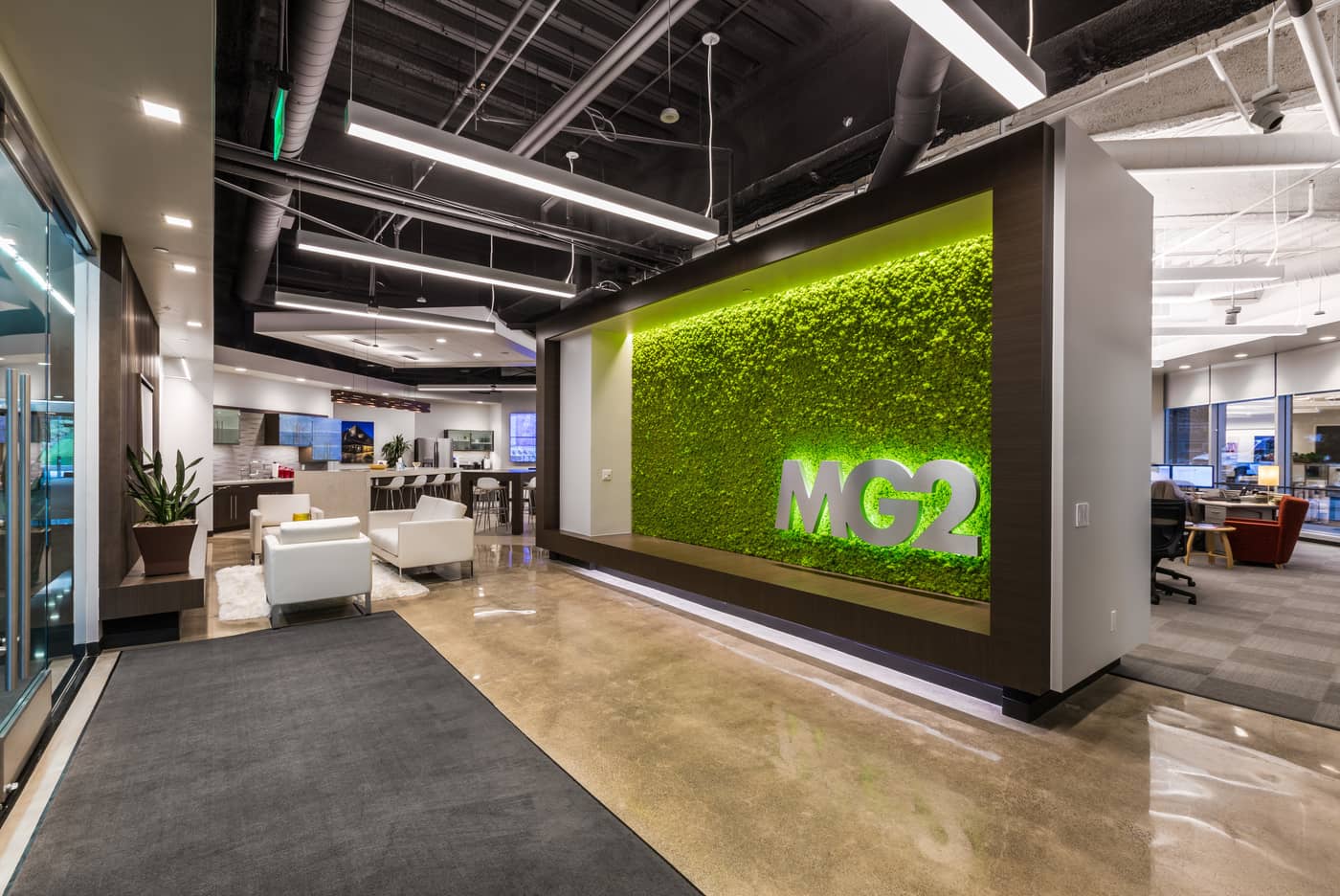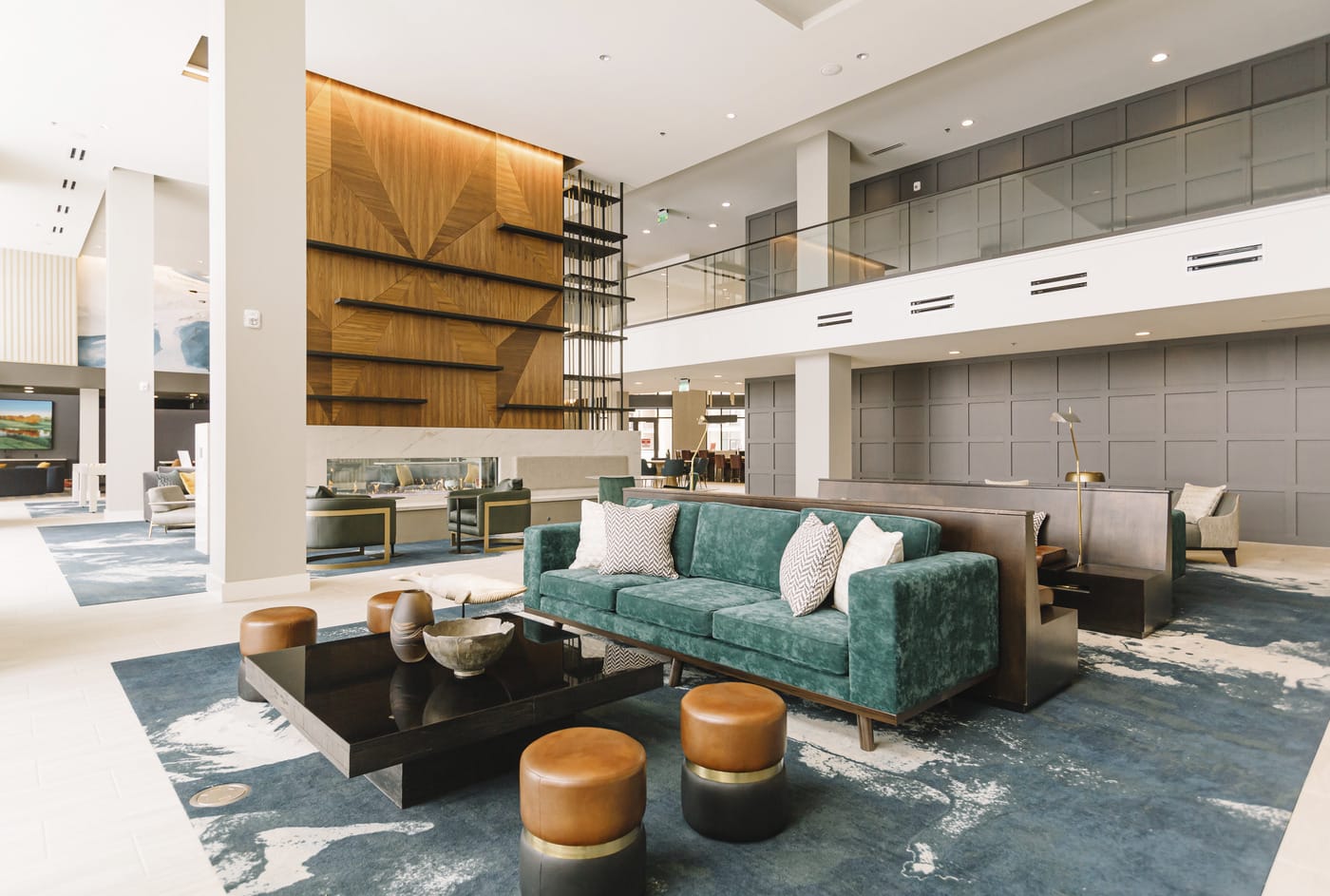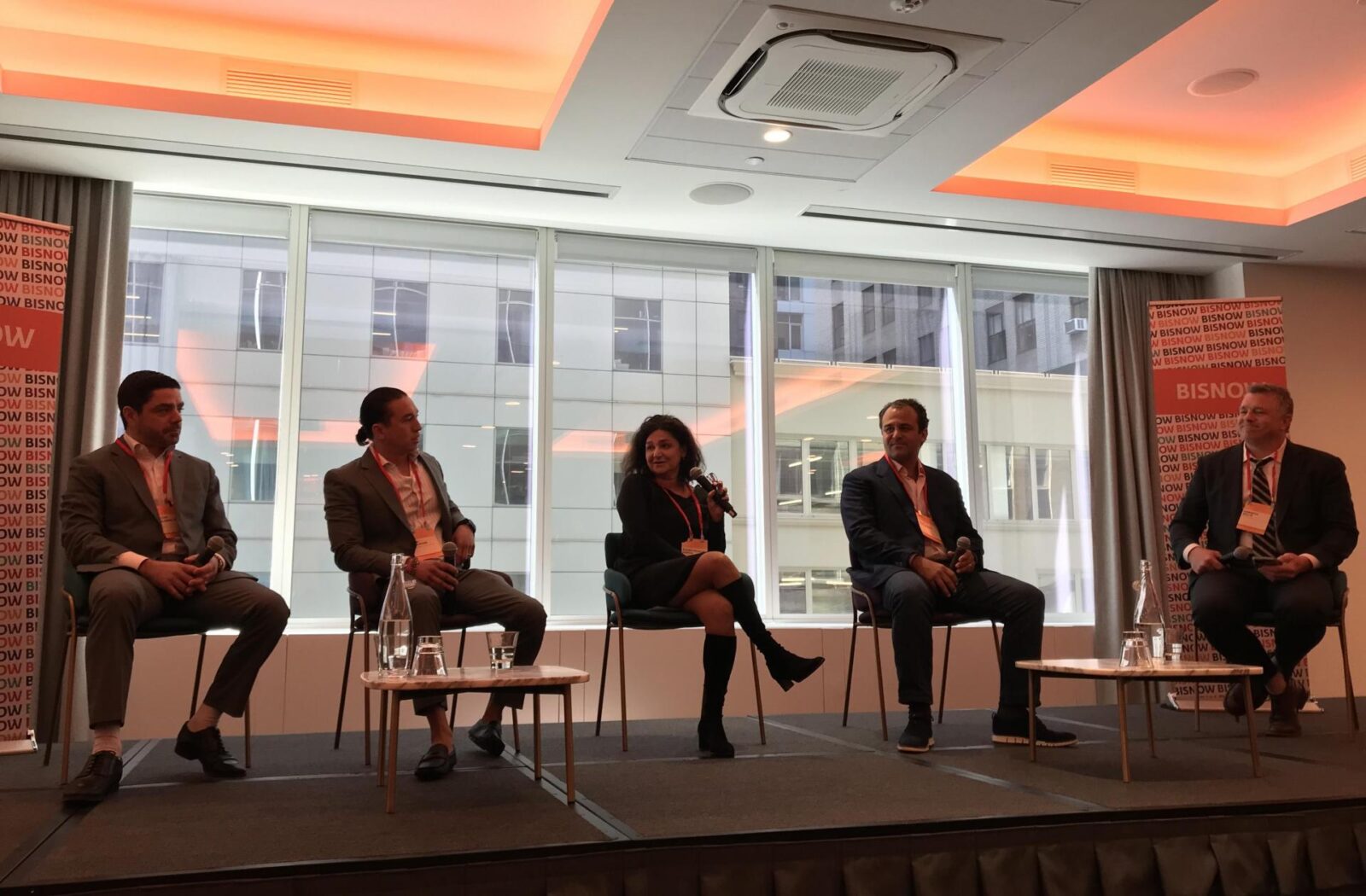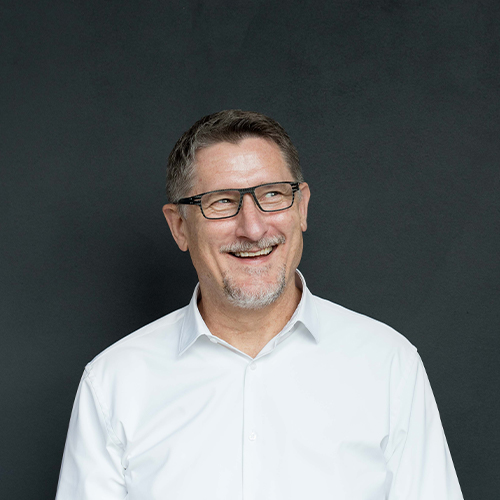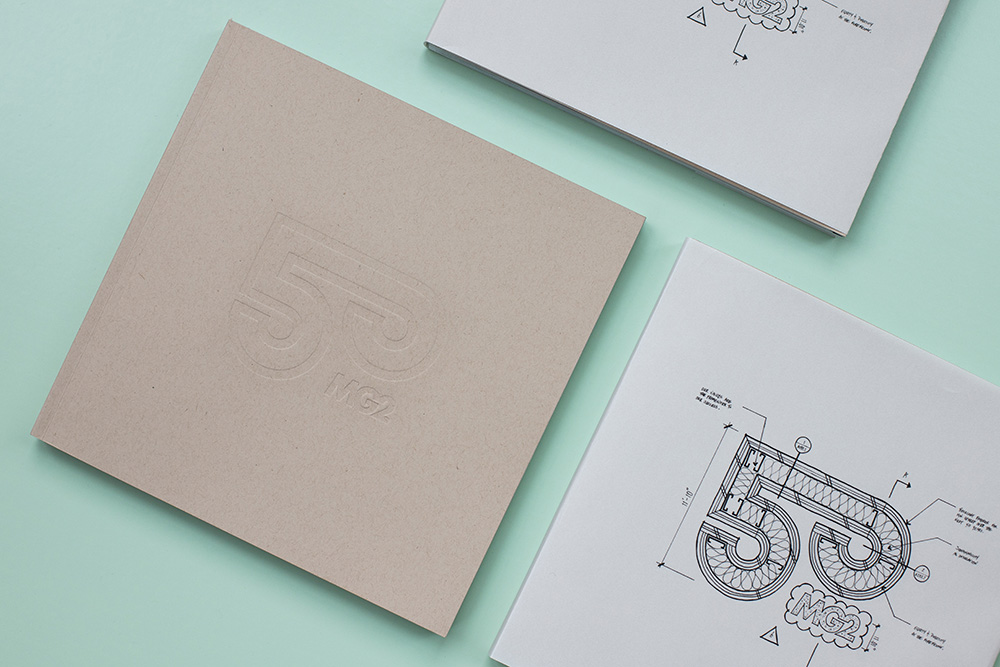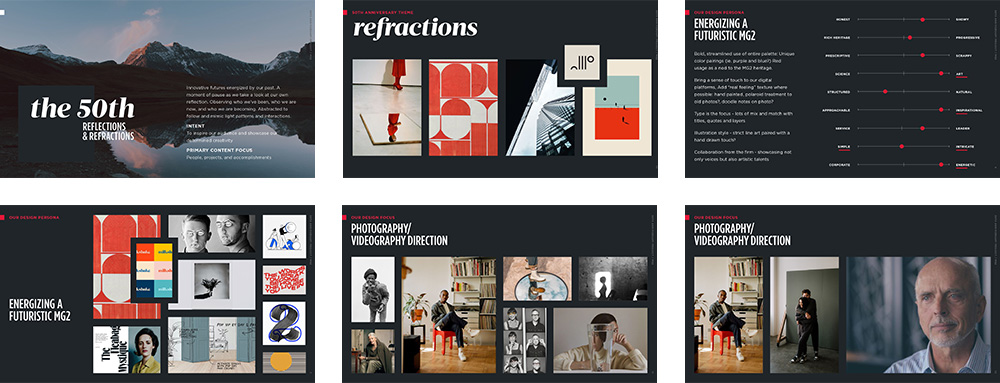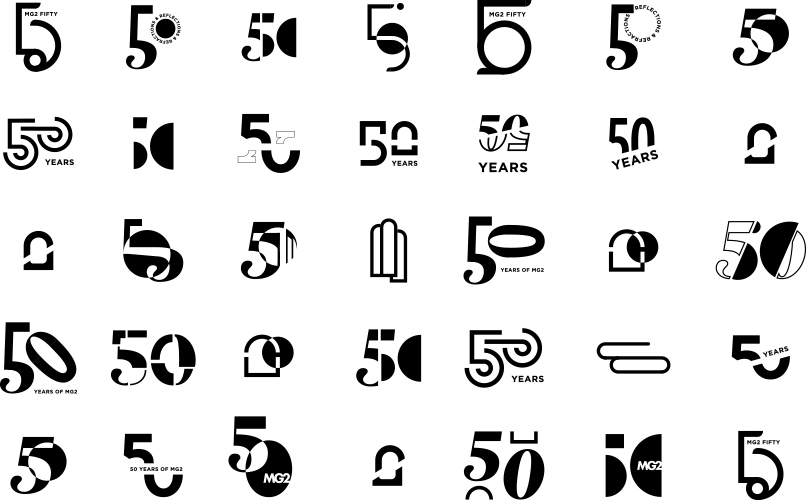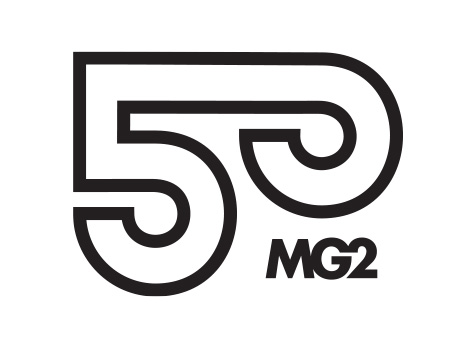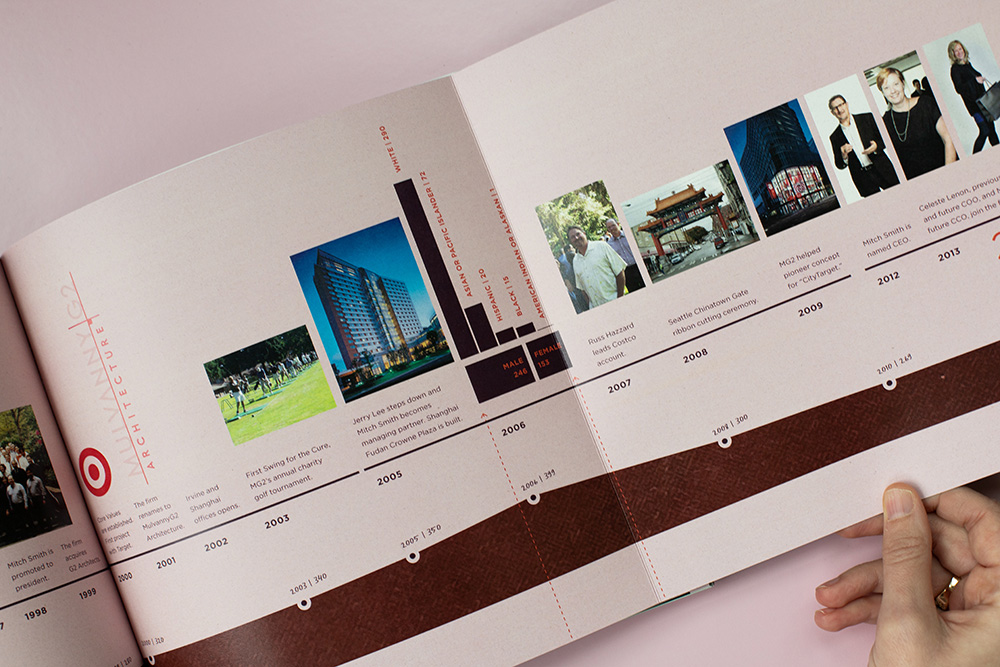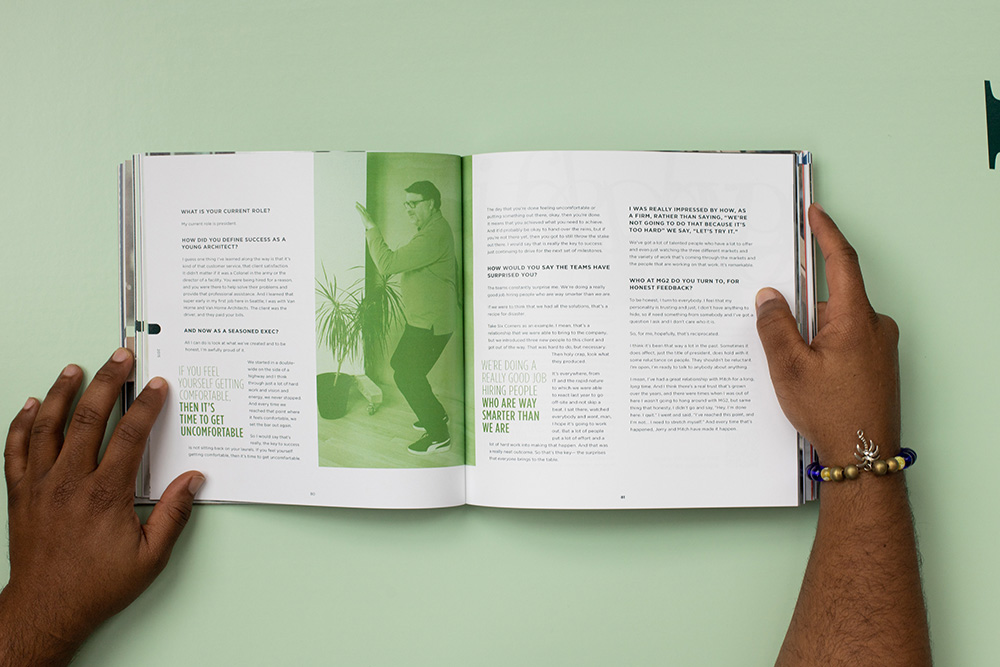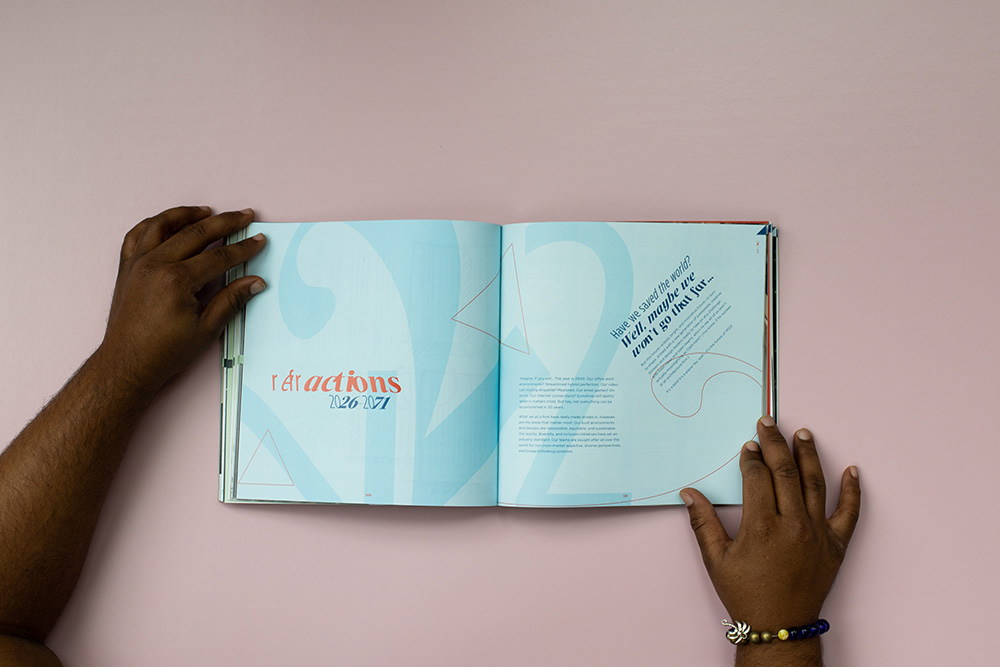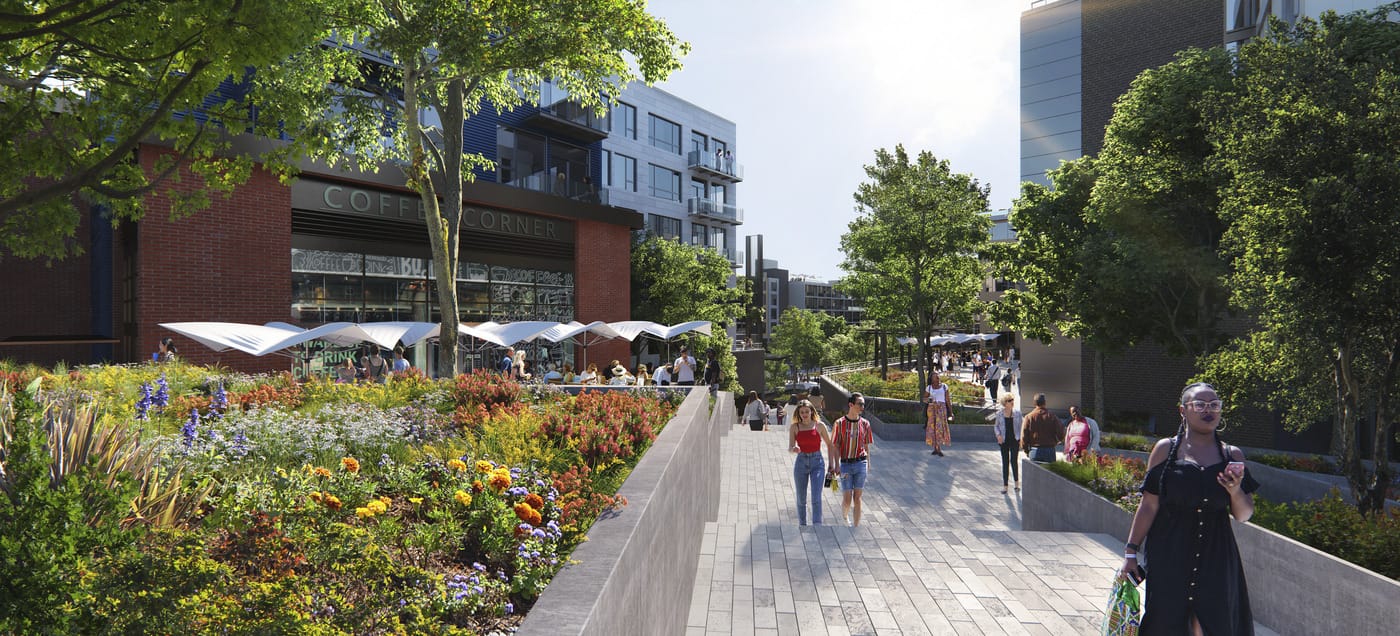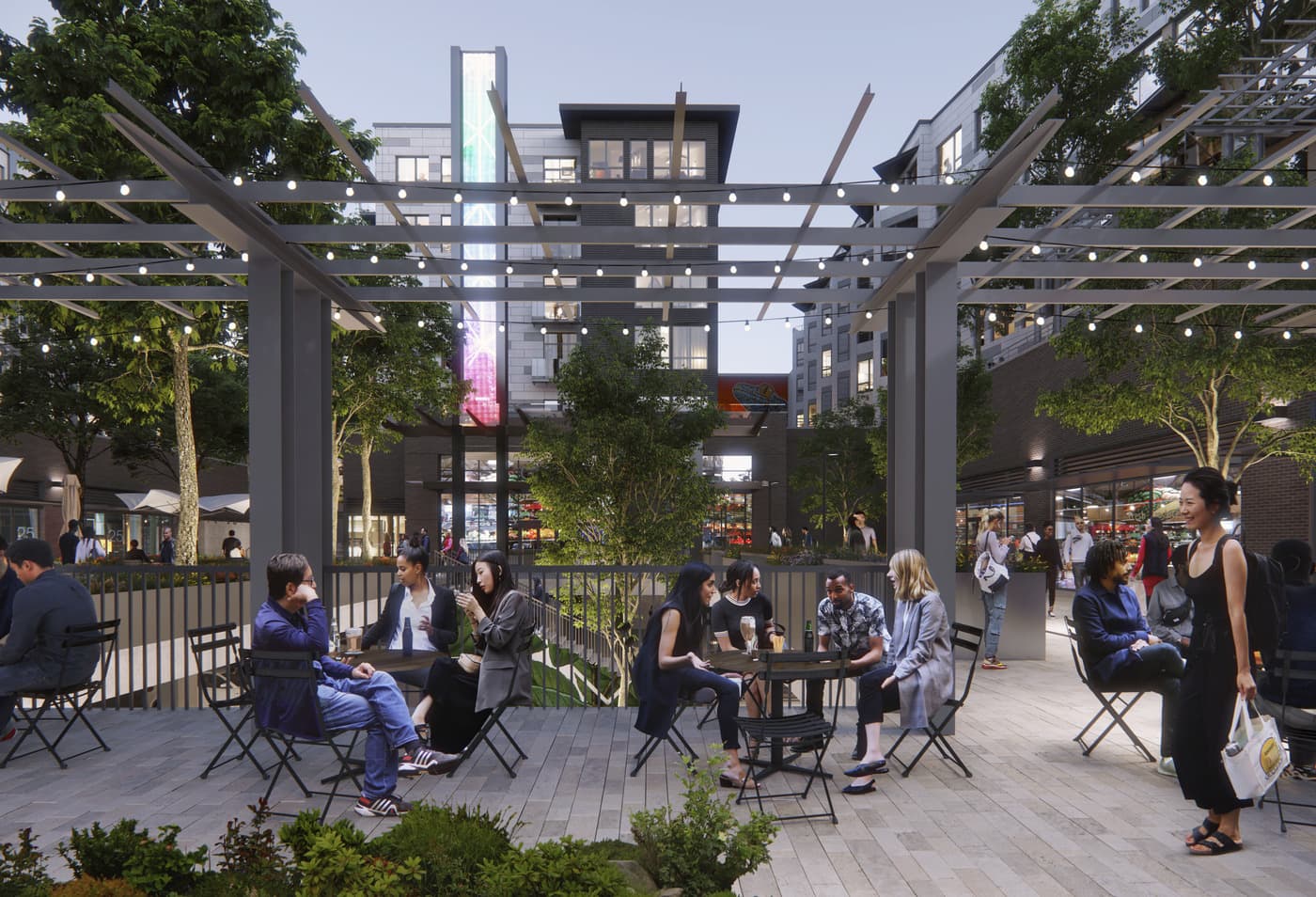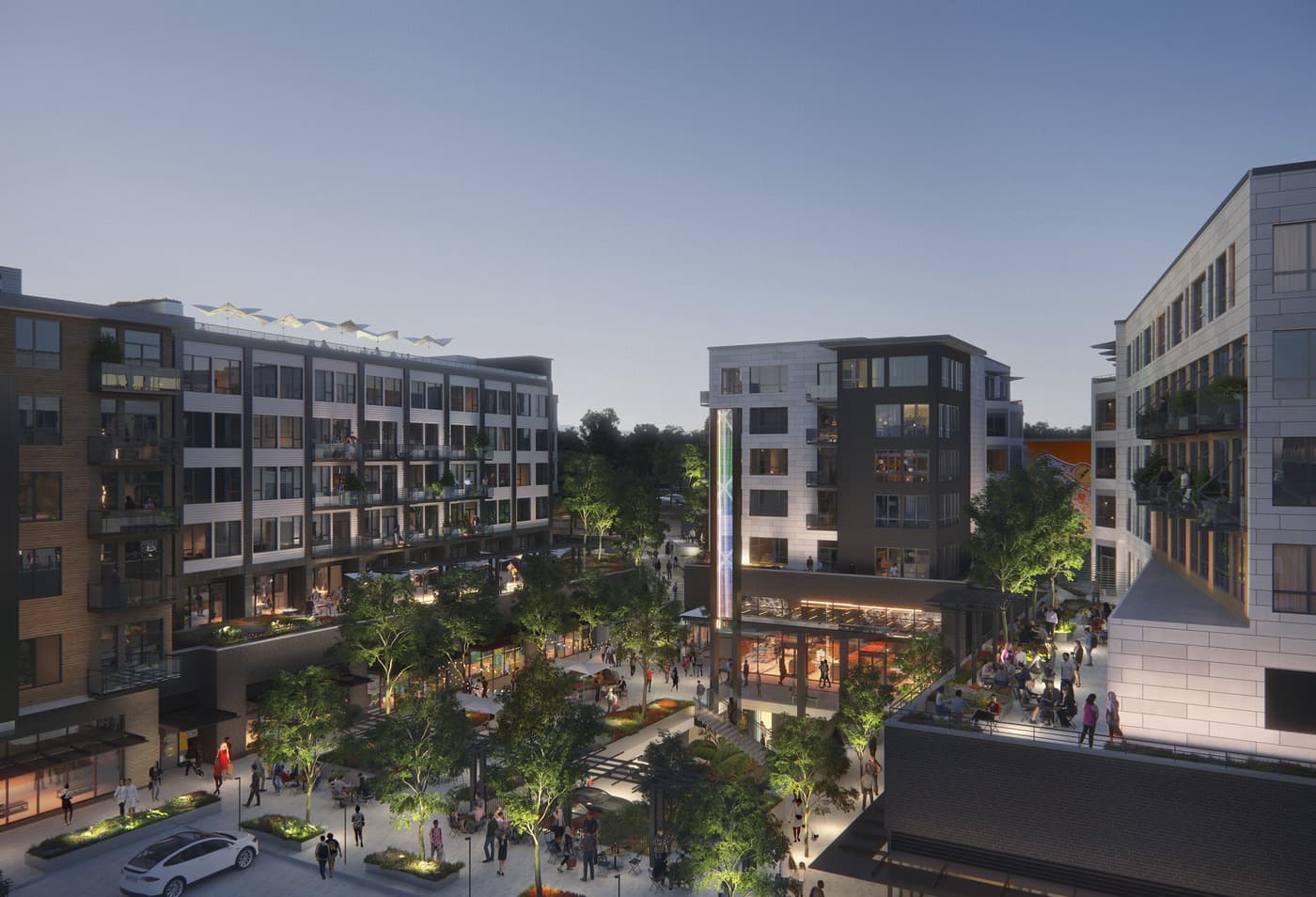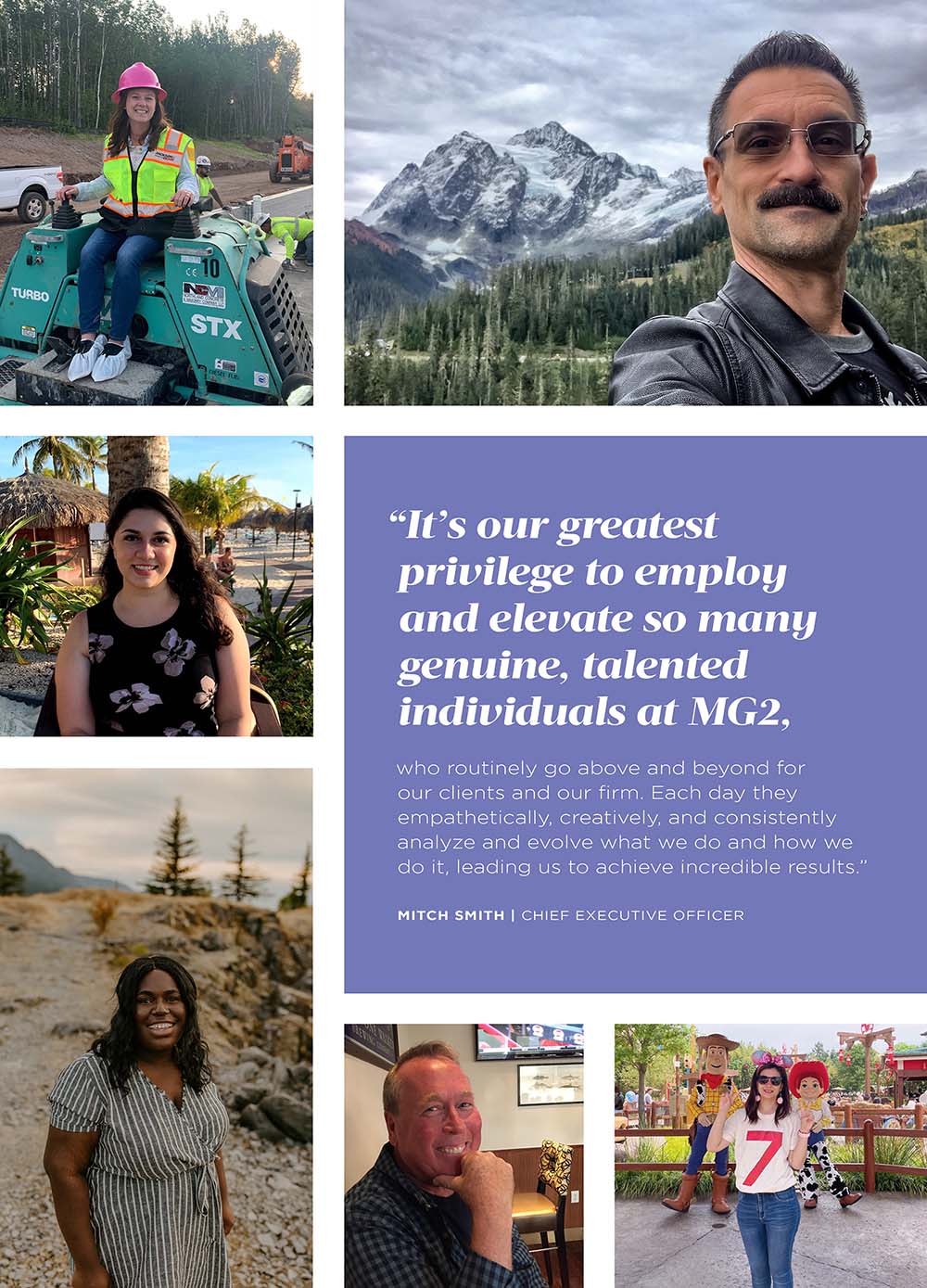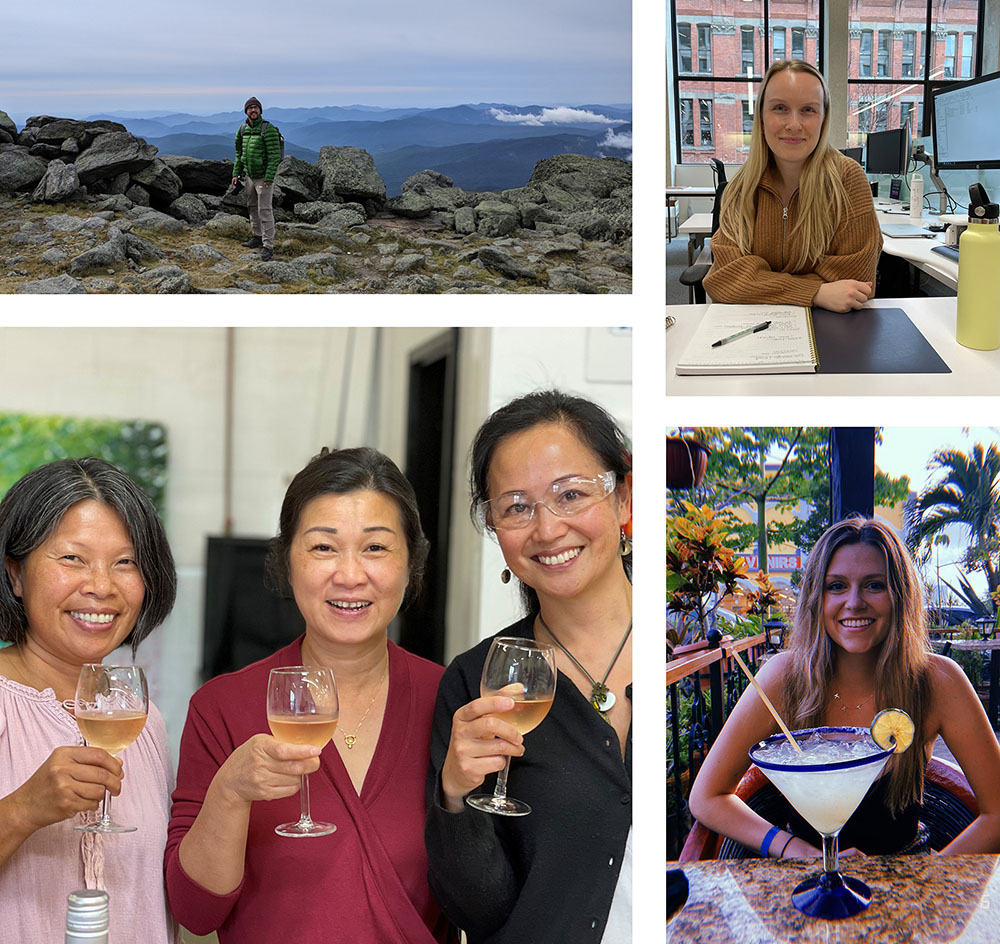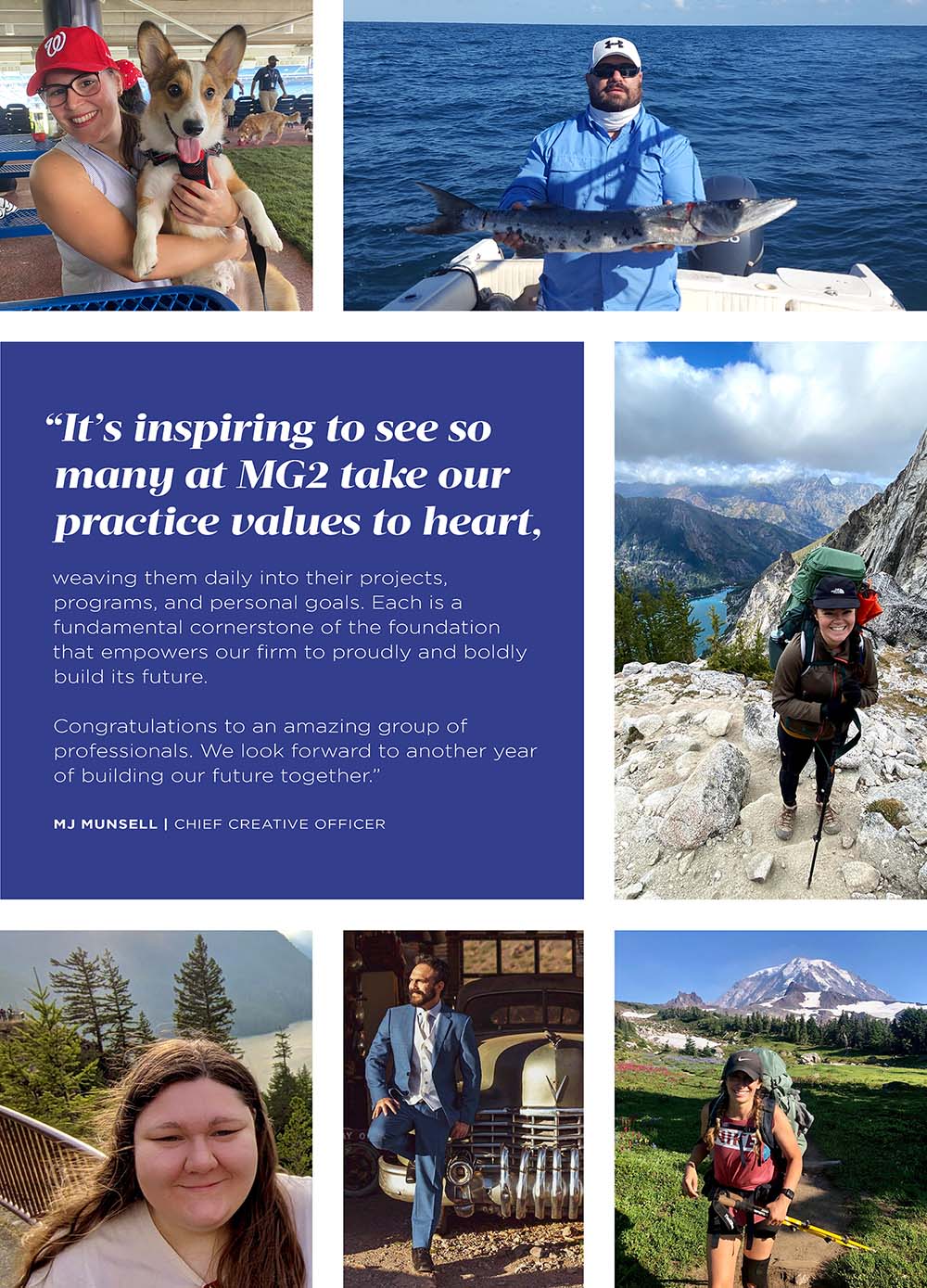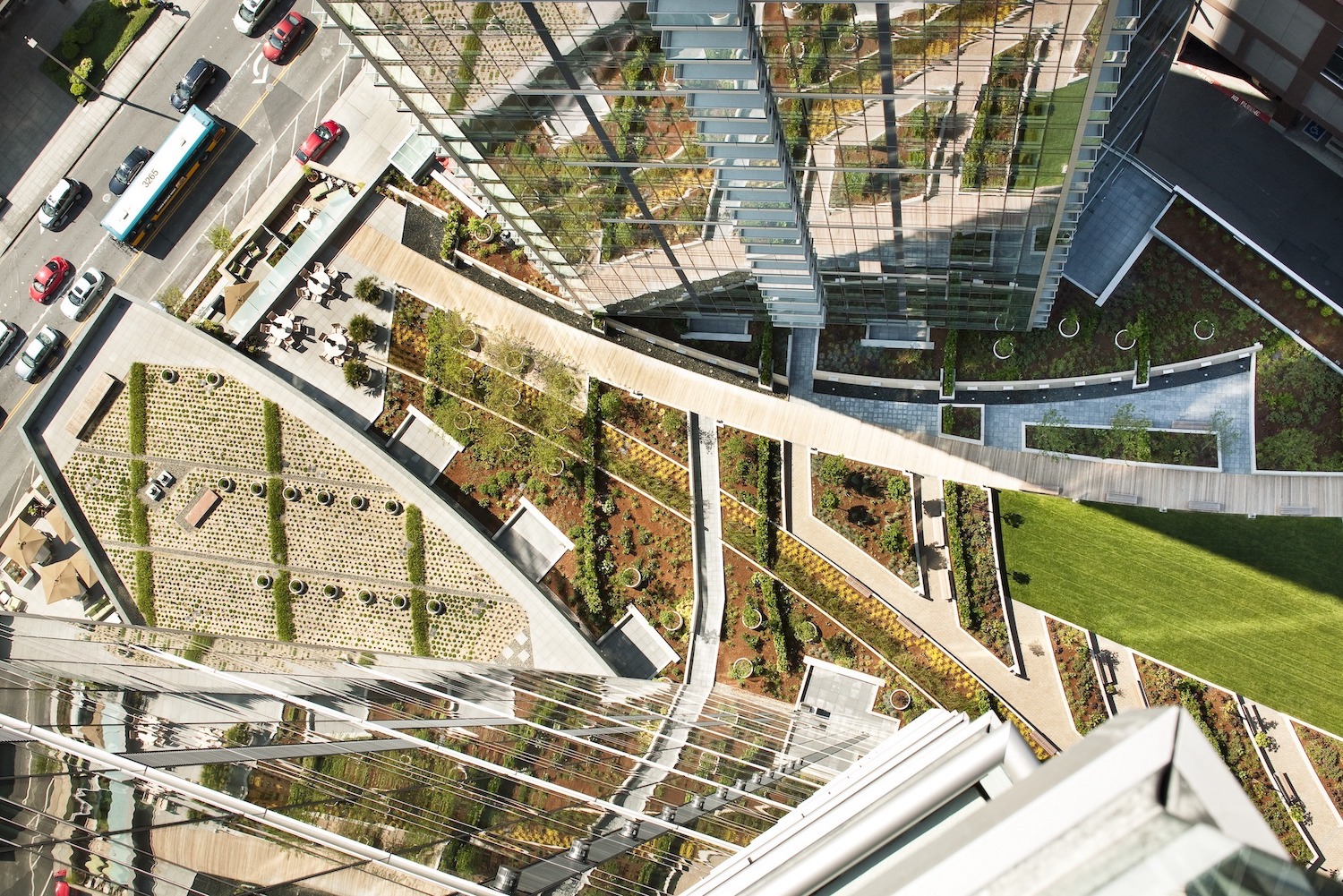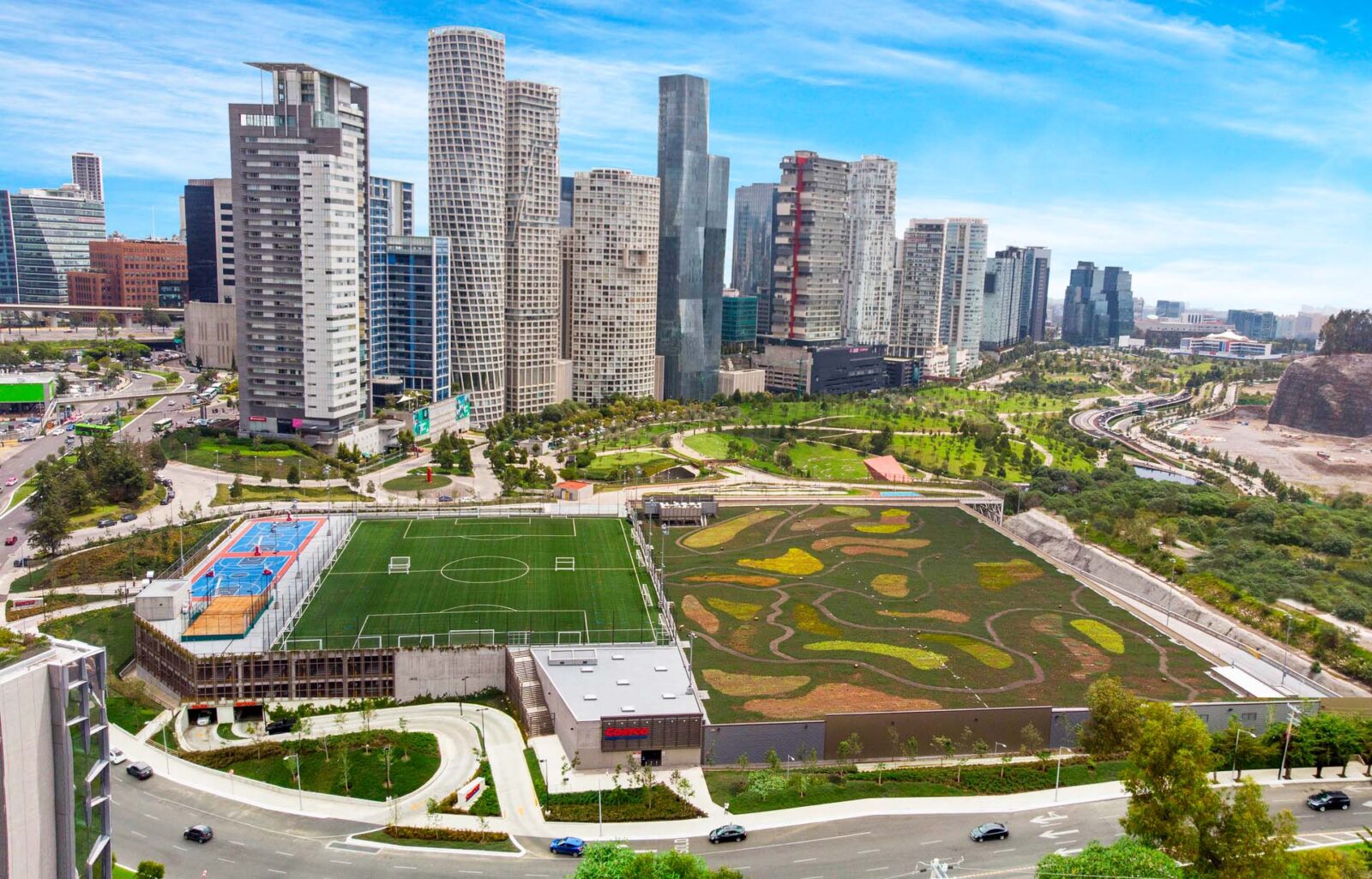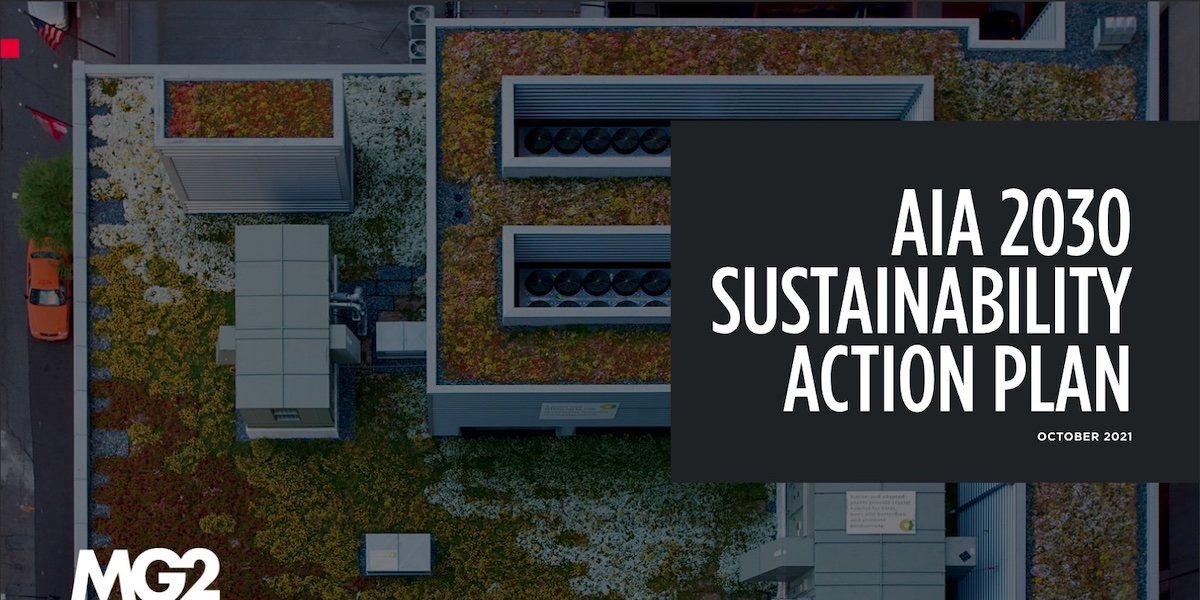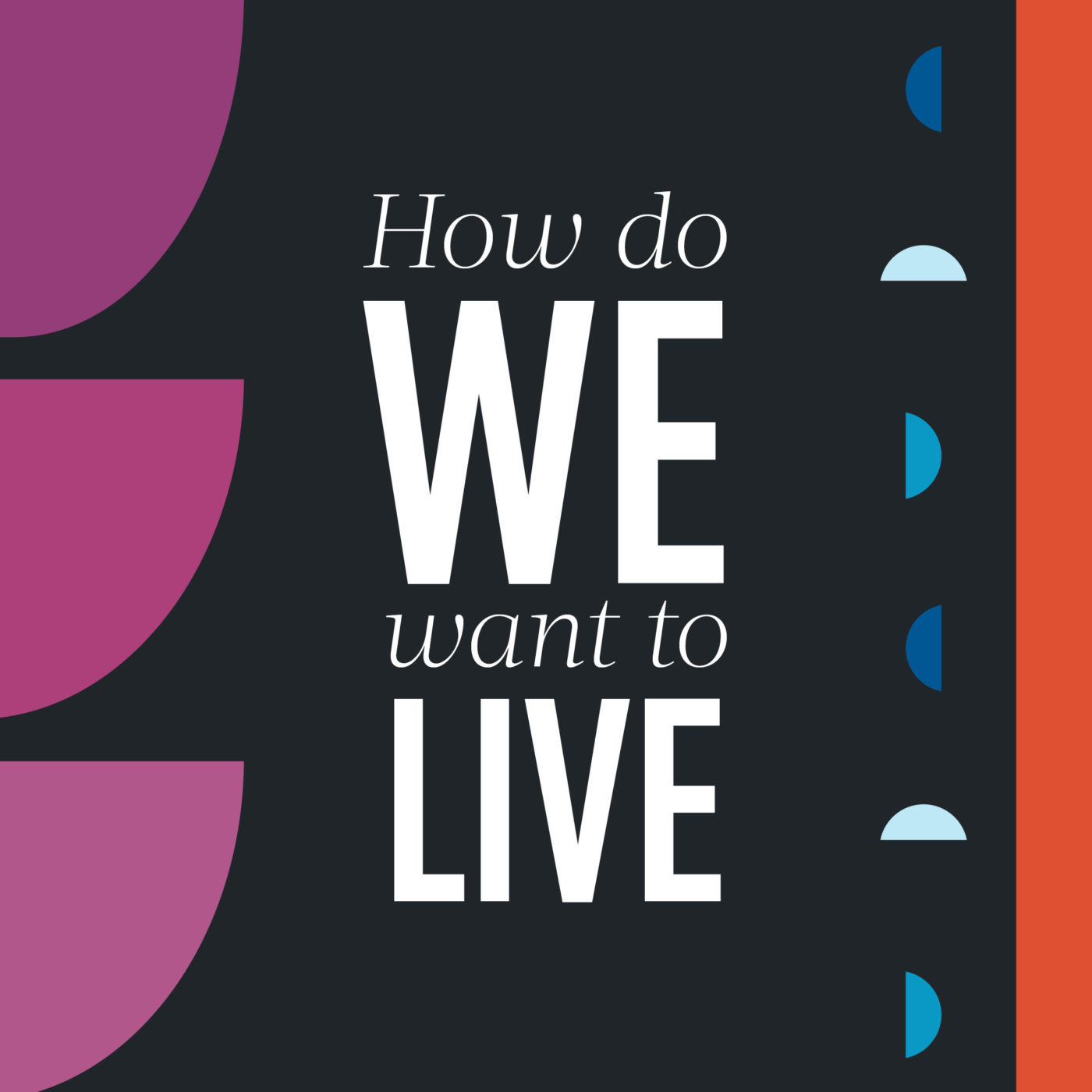This article was originally published on i+s on October 8, 2021.
__________
With the ongoing conversation around cleanliness in our built environments, there has been a large push to add anything available to inhibit the spread of viruses. “Antimicrobial” is seemingly a buzzword as of late, and you may have been questioned by your clients about what is available on the market that possesses these types of properties.
Let’s break down what you should be looking out for and what you should be wary of when it comes to doing your part as a designer around health in the built environment.
What Are Antimicrobial Products?
There are two ways a product can be antimicrobial. First, we have products that are inherently antimicrobial, which means that their surface does not foster the growth of bacteria. You may have heard of copper having this property, which is unusual in this category due to the unique oxidizing process which actually kills bacteria. But for most products, this means that the surface of their product in so smooth and non-porous that there is no opportunity for the bacteria to grow.
The second way a product can be defined as antimicrobial is with certain classes of chemicals integrated into the product or added on to a product as a coating. Although these products have been available on the market for many years, the advertising of them and the explosion of new products with these properties available has intensified over the pandemic.
Why Scientists Are Concerned About Antimicrobials
Despite the availability of these products, there has been much concern in the scientific community around these for nearly 20 years. After a study, the CDC said in 2003, “There is no evidence that antimicrobials in products prevent disease in hospital settings.” Additionally, a study in 2016 noted the “FDA banned 19 antimicrobial ingredients, including triclosan and triclocarban, in over-the-counter consumer antiseptic wash products based on insufficient evidence demonstrating their safety for long-term daily use and that they reduce the spread of illness and infection.” Despite the ban on this particular product category, many of these chemicals are still overwhelmingly used with similar claims in other products.
But there is a deeper concern here aside from the false advertising of these claims: there is quite a bit of proof available to show that antimicrobials are not only ineffective but the chemicals that are used in these products provide far more harm than good.
[Related: How to Specify Cleanable Surfaces for Healthcare]
In December 2015, citing the concern for exposure to toxic chemicals and threat of drug-resistant bacteria, the health giant Kaiser Permanente banned the use of “15 specific antimicrobial chemicals to ban from its hospitals and other buildings because they can be toxic to both people and the environment.” Shortly after, a consortium of over 200 scientists and medical professionals released The Florence Statement, which details out a wide variety of concerns about these chemicals including but not limited to their properties of being toxic, bioaccumulation, and persistent.
It has shown that specifically triclosan and triclocarban, which are the most common antimicrobial agents, are carcinogenic and endocrine disruptors in both human and animal tests. In addition, neither of these chemicals break down over time and have been detected in urine, breast milk, and sea life worldwide. Other commonly used antimicrobial chemicals contribute to microbial resistance, are known allergens and skin irritants, and provide adverse respiratory, nervous system, immunological, reproductive, and developmental effects.
Many manufacturers of products will assure you that their additives of antimicrobial properties will not harm the environment or the humans occupying the space. But the truth is that coatings will eventually wear off, in the air or on someone’s skin; products will chip and turn into airborne pollutants; items will ultimately end their life in a landfill and leach into the surrounding ecosystem.
5 Ways to Avoid Health Harm
Despite all the evidence supporting the avoidance of these additives, we still have many clients and owners requesting these products. Because it is our role as designers to provide the best solutions possible, we should take responsibility for advocating against harm in the built environment while still supporting health. Here are some ways you can speak with your client about antimicrobials and alternate solutions.
1. Educate yourself, your colleagues, and your clients on the harmful effects of antimicrobial chemicals. The Green Science Policy Institute has many resources to help you understand and provide information to others. Listen to the client’s preferences but offer them the information to make an informed decision.
2. There are some antimicrobial products that do not contain chemicals of concern. Be sure to ask questions about what exactly the antimicrobial properties are and cross-reference with available information from verified sources. Create a list of these products to bring to your clients as alternate solutions.
3. Understand the cleaning procedures of your clients and select finishes that support a high level of cleanability. Be ready with cutsheets to support how to clean the items.
4. Think like a healthcare designer and implement highly cleanable design into every space. Consider detailing out inside corners that could be breeding grounds or incorporate bleach-cleanable textiles. Focus on making a space easy to clean rather than relying on something that may or may not work.
5. Most importantly, build your knowledge of those inherently antimicrobial materials we touched on earlier. There are more available than you might realize, and here is a short but certainly not exhaustive list to get you started:
- PVD coatings: A far more sustainable way to finish metals than traditional electroplating, PVD is also inherently antimicrobial. This is available on a variety of hardware products and is also proven to outlast electrocoating.
- Linoleum: This all-around highly sustainable and healthy product is also a bacteria-killer. It is inherently antiallergenic, antibacterial and antistatic.
- Glass: The super smooth surface of glass shows to inhibit the growth of bacteria as well as being very highly cleanable while also having the ability to be super-heated for full disinfection.
- Some natural yarns like linen, merino wool and hemp: A wool rug is not only antimicrobial, but it also won’t stain either.
Truthfully, the fact of this virus and others that we will face in our lifetime is that there is no magic solution to provide a bacteria and virus-free space. The most effective way to fight the spread of germs is through caution, mitigating exposure through all means available, and proper cleaning and disinfecting.











